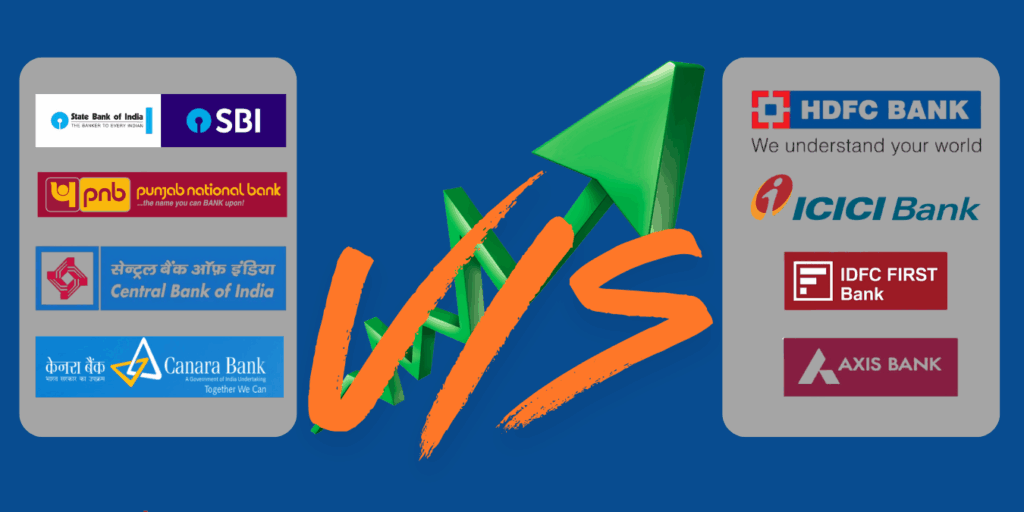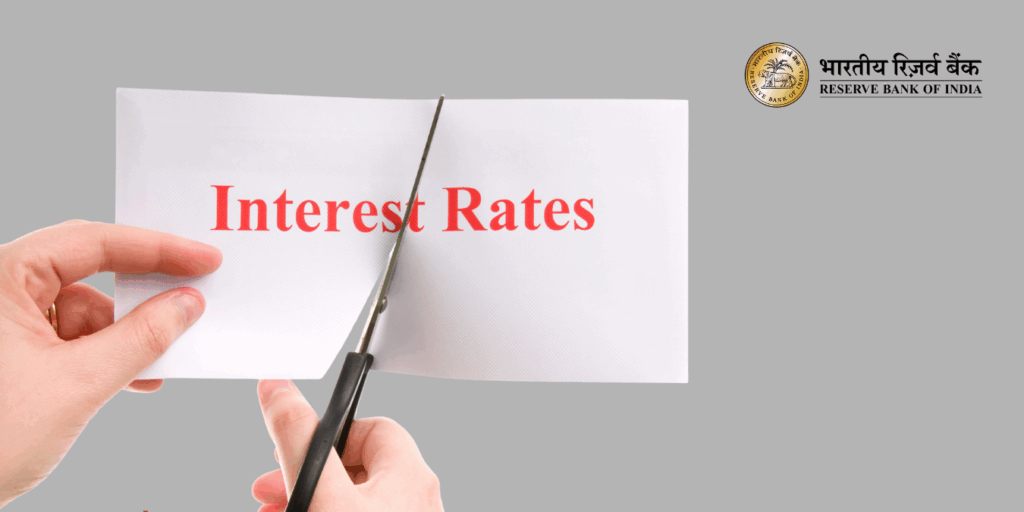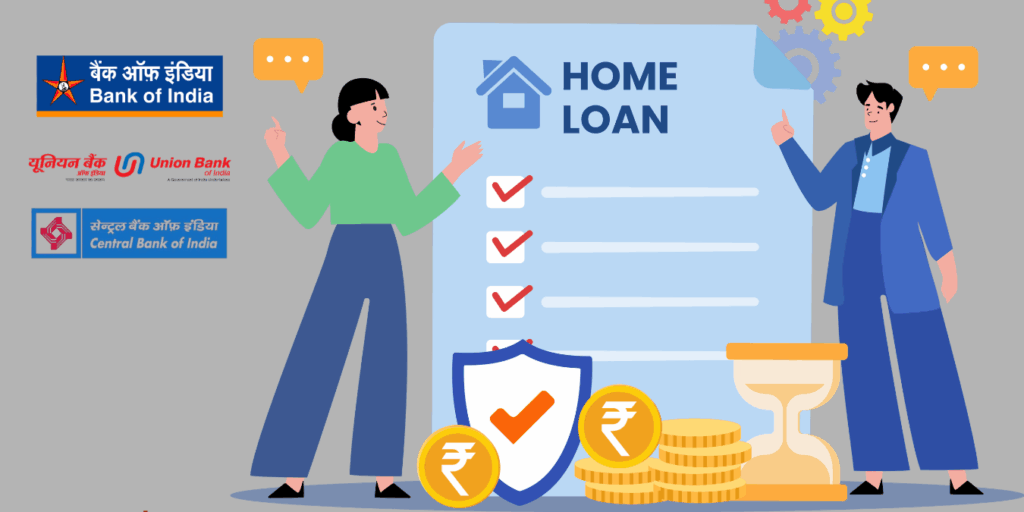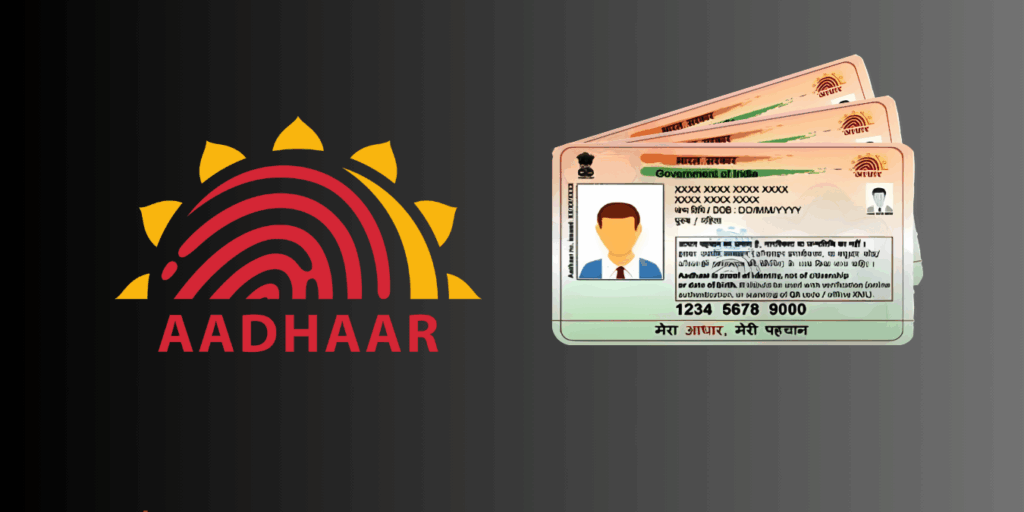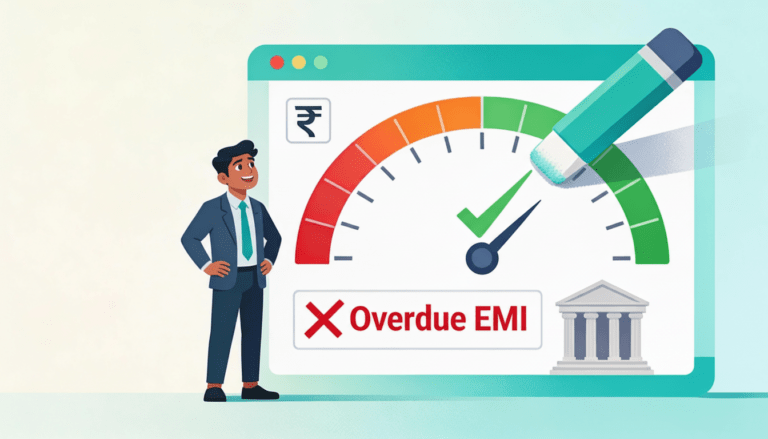
“The key differences between savings bank accounts and insurance plans, and why you need both for a secure financial future. Learn how they complement each other, their unique benefits, and tips to balance them in your portfolio. Achieve financial stability with expert insights and latest trends. Read now!”
In today’s fast-paced and unpredictable world, financial security is more important than ever. Whether you’re planning for retirement, saving for a big purchase, or protecting your family’s future, having a well-rounded financial portfolio is essential. Two of the most common financial tools that people use are savings bank accounts and insurance plans. While both serve different purposes, they are equally important in achieving financial stability. In this blog post, we’ll explore the differences between savings bank accounts and insurance plans, why you need both, and how they can work together to secure your financial future.
What is a Savings Bank Account?
A savings bank account is a basic financial product offered by banks and financial institutions that allows individuals to deposit and store their money securely. These accounts typically offer interest on the deposited amount, although the rates may vary depending on the bank and the type of account. Savings accounts are highly liquid, meaning you can access your funds whenever you need them, making them ideal for emergency funds or short-term savings goals.
Key Features of Savings Bank Accounts:
- Liquidity: Easy access to funds through ATMs, online banking, or branch visits.
- Interest Earnings: Earn a modest interest rate on your deposits.
- Safety: Deposits are insured by government-backed schemes (e.g., FDIC in the U.S. or DICGC in India) up to a certain limit.
- Low Risk: Savings accounts are considered one of the safest investment options.
What are Insurance Plans?
Insurance plans are financial products designed to provide financial protection against unforeseen events such as death, illness, accidents, or property damage. There are various types of insurance plans, including life insurance, health insurance, term insurance, and investment-linked insurance policies. Unlike savings accounts, insurance plans are not meant for daily financial needs but rather for long-term security and risk mitigation.
Key Features of Insurance Plans:
- Risk Coverage: Provides financial protection against specific risks.
- Long-Term Benefits: Offers payouts or coverage over a long period.
- Tax Benefits: Many insurance plans offer tax deductions on premiums paid.
- Investment Component: Some insurance plans, like ULIPs (Unit Linked Insurance Plans), combine insurance with investment opportunities.
Key Differences Between Savings Bank Accounts and Insurance Plans (Detailed Table)
To help you better understand the distinctions between savings bank accounts and insurance plans, we’ve broken down their key differences in a detailed table format. This comparison will highlight their unique features, benefits, and purposes, enabling you to make informed financial decisions.
| Aspect | Savings Bank Account | Insurance Plans |
| Primary Purpose | To store money securely and provide liquidity for daily expenses and short-term goals. | To provide financial protection against risks and ensure long-term financial security. |
| Liquidity | Highly liquid – funds can be accessed anytime via ATMs, online banking, or bank branches. | Limited liquidity – funds are tied up for a specific period (except for certain plans). |
| Returns | Low-interest earnings (typically 2-4% annually, depending on the bank and country). | Varies by plan: – Term insurance: No returns (pure risk coverage). – Endowment/ULIPs: Higher returns with investment component. |
| Risk Coverage | No risk coverage – purely a savings tool. | Provides risk coverage for life, health, accidents, or property damage. |
| Tax Benefits | Minimal or no tax benefits (interest earned may be taxable). | Premiums paid are often eligible for tax deductions (e.g., Section 80C in India). |
| Investment Component | None – purely a savings instrument. | Some plans (e.g., ULIPs, endowment plans) combine insurance with investment options. |
| Tenure | No fixed tenure – funds can be held indefinitely. | Fixed tenure (e.g., 10, 20, or 30 years) depending on the policy. |
| Accessibility | Funds can be accessed anytime without penalties (unless it’s a fixed deposit account). | Limited access – withdrawals or surrendering the policy may incur penalties. |
| Safety | Highly safe – deposits are insured by government-backed schemes (e.g., FDIC, DICGC). | Safe, but returns depend on the type of plan (market-linked plans carry some risk). |
| Ideal For | Emergency funds, short-term savings, and daily financial needs. | Long-term financial security, risk mitigation, and wealth creation. |
| Examples | Regular savings accounts, high-yield savings accounts, fixed deposits. | Term insurance, health insurance, endowment plans, ULIPs, whole life insurance. |
| Costs/Fees | Minimal fees (e.g., maintenance charges, ATM fees). | Premiums must be paid regularly (monthly, quarterly, or annually). |
| Flexibility | Highly flexible – no lock-in period or penalties for withdrawals. | Less flexible – early withdrawals or policy cancellations may result in losses. |
| Growth Potential | Low growth potential due to modest interest rates. | Higher growth potential in investment-linked plans (e.g., ULIPs, endowment plans). |
| Government Backing | Deposits are often insured by government schemes (e.g., up to 5 lakh in the India). | No direct government backing, but regulated by insurance authorities. |
| Usage in Emergencies | Ideal for emergencies due to instant access to funds. | Not suitable for emergencies (except for health insurance or critical illness plans). |
Why You Need a Savings Bank Account
a. Emergency Fund
A savings account is the best place to keep your emergency fund. Financial experts recommend having at least 3-6 months’ worth of living expenses saved in a liquid account for unexpected situations like job loss, medical emergencies, or urgent repairs.
b. Short-Term Goals
Whether you’re saving for a vacation, a new gadget, or a down payment on a car, a savings account is ideal for short-term goals. The liquidity ensures you can access your money when you need it.
c. Low Risk
Savings accounts are one of the safest ways to store your money. With government-backed insurance schemes, your deposits are protected up to a certain limit.
d. Ease of Access
With features like online banking, mobile apps, and ATMs, accessing your money has never been easier. This makes savings accounts perfect for day-to-day financial needs.
Why You Need Insurance Plans
a. Financial Protection
Insurance plans provide a safety net for you and your family in case of unforeseen events. For example, life insurance ensures your family’s financial stability in the event of your untimely death, while health insurance covers medical expenses.
b. Long-Term Savings
Certain insurance plans, like endowment plans or ULIPs, offer a combination of insurance and investment. These plans help you grow your wealth over time while providing life coverage.
c. Tax Benefits
Insurance premiums are often eligible for tax deductions under various sections of the income tax act (e.g., Section 80C in India). This makes insurance plans a tax-efficient way to save and invest.
d. Peace of Mind
Knowing that you and your loved ones are financially protected brings peace of mind. Insurance plans ensure that your family’s future is secure, even in your absence.
How Savings Bank Accounts and Insurance Plans Complement Each Other
While savings accounts and insurance plans serve different purposes, they are both essential components of a well-rounded financial portfolio. Here’s how they complement each other:
a. Liquidity vs. Long-Term Security
Savings accounts provide liquidity for immediate needs, while insurance plans offer long-term security. Together, they ensure that you’re covered for both short-term and long-term financial goals.
b. Risk Management
Savings accounts are low-risk but offer minimal returns. Insurance plans, on the other hand, provide risk coverage and potentially higher returns. Balancing both helps you manage risk effectively.
c. Financial Flexibility
Having a savings account ensures you have access to funds for daily expenses, while insurance plans protect you against major financial setbacks. This combination provides financial flexibility and stability.
Latest Trends and Data in Savings and Insurance
a. Digital Banking Revolution
The rise of digital banking has transformed the way people manage their savings accounts. According to a 2023 report by Statista, over 65% of banking customers worldwide now use mobile banking apps for transactions and account management.
b. Growing Demand for Insurance
The global insurance market is projected to grow at a CAGR of 5.3% from 2023 to 2030, driven by increasing awareness of financial security and the need for risk mitigation (Source: Grand View Research).
c. Hybrid Financial Products
Many financial institutions are now offering hybrid products that combine savings and insurance features. For example, some banks offer savings accounts with built-in insurance coverage for accidents or critical illnesses.
d. Rising Interest in Term Insurance
Term insurance plans are gaining popularity due to their affordability and high coverage. A 2023 survey by Policybazaar revealed that 70% of millennials prefer term insurance over traditional life insurance policies.
Tips for Balancing Savings and Insurance in Your Portfolio
a. Assess Your Financial Goals
Start by identifying your short-term and long-term financial goals. Allocate funds to your savings account for immediate needs and invest in insurance plans for long-term security.
b. Maintain an Emergency Fund
Ensure you have at least 3-6 months’ worth of expenses saved in your savings account before investing in insurance plans.
c. Choose the Right Insurance Plan
Select an insurance plan that aligns with your needs. For example, if you’re the primary breadwinner, a term insurance plan with high coverage is a must.
d. Review Your Portfolio Regularly
Regularly review your savings and insurance plans to ensure they align with your changing financial goals and life circumstances.
e. Seek Professional Advice
Consult a financial advisor to create a customized plan that balances savings and insurance based on your unique needs.
Final Thought
In the debate of savings bank account vs insurance plans, the answer is clear: you need both in your financial portfolio. A savings account provides liquidity and security for short-term needs, while insurance plans offer long-term protection and financial stability. By balancing both, you can achieve a well-rounded financial strategy that safeguards your present and secures your future.
Remember, financial planning is not a one-size-fits-all approach. Assess your goals, understand your risk tolerance, and make informed decisions to build a portfolio that works for you. Whether you’re saving for a rainy day or protecting your family’s future, the combination of a savings bank account and insurance plans is the key to achieving financial peace of mind.
-

How to “Erase” an Overdue EMI from CIBIL in 2025: The Hidden Rules Everyone Misses
-

Missed an EMI? The “Silent” Rule That Could Save or Sink Your 2025 Financial Life
-

The 50% Discount That Costs Your Future: The Hidden Truth About Credit Card Settlement vs. Foreclosure in 2025






